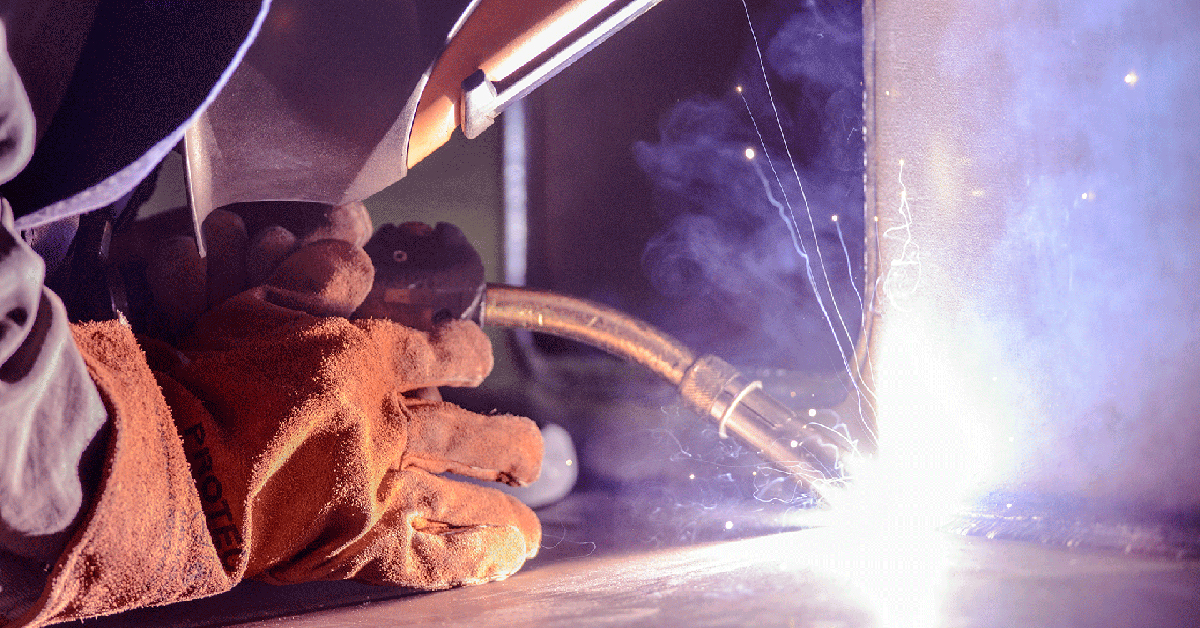Step-by-Step Overview to Preventing Weld Undercut in Different Metals
Wiki Article
Grasping the Art of Welding: Just How to Avoid Undercut Welding Issues for Flawless Manufacture Results
Effectiveness and accuracy are critical worldwide of welding, where even the tiniest blemish can compromise the architectural honesty of a fabricated piece. One usual obstacle that welders face is undercutting, a flaw that can weaken a weld joint and lead to pricey rework. By understanding the root triggers of undercut welding and applying effective methods to stop it, welders can elevate their craft to new levels of quality (Preventing weld undercut). In the search of flawless construction outcomes, grasping the art of welding to stay clear of undercut issues is not just an ability however a need for those pursuing perfection in their work.Comprehending Undercut Welding

To protect against undercut welding, welders should ensure proper welding specifications, such as readjusting the existing, voltage, traveling speed, and preserving the appropriate electrode angle. By comprehending the causes of undercut welding and executing precautionary steps, welders can accomplish premium, structurally sound welds.
Sources Of Undercut in Welding
Understanding the factors that contribute to damage in welding is essential for welders to produce high-quality, structurally audio welds. When the weld metal does not properly load the groove created in between the base steel and the formerly transferred weld steel, undercutting occurs. Several factors can lead to damage in welding. One usual cause is extreme heat input. Welding at heats for extended durations can cause the base steel thawing even more than preferred, resulting in undercut. Poor welding wrong or present welding speed can also add to undercut. Not enough current may not provide sufficient heat to thaw the base and filler metals sufficiently, while excessive rate can stop proper blend, causing undercut. In addition, incorrect electrode angles or wrong torch control strategies can produce locations of low weld steel deposition, promoting undercut. Recognizing these causes and implementing correct welding strategies can assist prevent undercutting problems, guaranteeing solid and resilient welds.Strategies to avoid Undercutting

To alleviate the threat of damaging in welding, welders can use tactical welding methods aimed at Learn More improving the top quality and stability of the weld joints. Furthermore, utilizing the proper welding method for the details joint arrangement, such as weave or stringer grains, can add to minimizing damaging.
Employing back-step welding methods and controlling visit this site the weld bead profile can likewise help distribute warmth uniformly and decrease the danger of undercut. Normal evaluation of the weld joint throughout and after welding, as well as carrying out quality assurance measures, can help in attending to and finding damaging issues without delay.
Value of Appropriate Welding Parameters
Choosing and keeping ideal welding criteria is necessary for achieving successful welds with marginal defects. Welding parameters refer to variables such as voltage, current, travel speed, electrode angle, and protecting gas flow price that straight affect the welding procedure. These criteria must be thoroughly changed based on the sort of product being welded, its density, and the welding method utilized.Proper welding criteria make sure the correct amount of warmth is applied to thaw the base metals and filler product uniformly. If the parameters are set expensive, it can bring about excessive warm input, creating burn-through, spatter, or distortion. On the various other hand, if the specifications are also low, insufficient blend, lack of infiltration, or undercutting might take place.
Quality Control in Welding Workflow

Conclusion
In final thought, mastering the art of welding needs an extensive understanding of undercut welding, its causes, and strategies to avoid it. By ensuring correct welding parameters and applying top quality guarantee techniques, flawless manufacture results can be attained. It is vital for welders to consistently pursue quality in their welding procedures to stay clear of undercut problems and produce top notch welds.Undercut welding, a common issue in welding procedures, takes place when the weld metal doesn't appropriately fill up the groove and leaves a groove or depression along the welded joint.To protect against undercut welding, welders must guarantee proper welding specifications, such as changing the current, voltage, traveling speed, and preserving the right electrode angle. Inadequate welding existing or incorrect welding speed can additionally contribute to undercut.To minimize the danger of damaging in welding, welders can employ calculated welding techniques aimed at boosting the quality and stability of the weld joints.In verdict, understanding the art of welding requires a complete understanding of undercut welding, its reasons, and methods to prevent it.
Report this wiki page